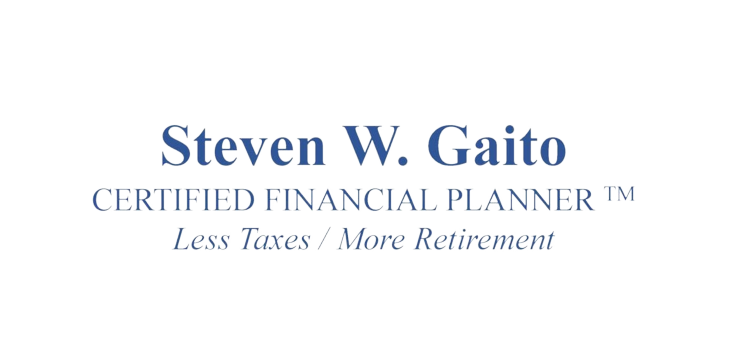Retirement is a time when many people rely on their savings and investments to provide them with income. However, for those who own their home, it can also be an opportunity to utilize the value of their home to generate additional income. In this article, we will discuss how retirees can utilize the value of their homes in retirement to generate income.
1. Reverse Mortgages
One way that retirees can utilize the value of their retirement home is through a reverse mortgage. A reverse mortgage is a type of loan that allows homeowners to borrow against the equity in their home. Unlike a traditional mortgage, the borrower does not make payments on the loan while they live in the home. Instead, the loan is repaid when the borrower sells the home or passes away. Reverse mortgages can provide retirees with a tax-free source of income that does not require them to sell their homes. However, it is important to note that there are fees associated with reverse mortgages, and the loan balance can increase over time. You will also have to go through the required counseling before setting up the Reverse Mortgage.
2. Renting Out a Room or Space
Another way that retirees can utilize the value of their retirement home is by renting out a room or space. This can be done through platforms such as Airbnb, which allows homeowners to rent out a room or their entire home to travelers. You can also have a more extended tenant that will give more consistency to your income, but depending on the demand for short-term rentals in your area, it may be less monthly income. Renting out a room or space can provide retirees with additional income that can be used to supplement their retirement savings. However, it is important to check local laws and regulations before renting out a room or space, as some areas may restrict short-term rentals. Finally, you need to check with your insurance company to see if you are covered under your current homeowner’s policy for renting out rooms in your house.
3. Downsizing
Downsizing is another way that retirees can utilize the value of their homes in retirement. By selling their current home and purchasing a smaller, less expensive home, retirees can free up equity that can be used to supplement their retirement income. Downsizing can also help retirees reduce their expenses, as smaller homes often have lower property taxes, maintenance costs, and utility bills. Additionally, downsizing can provide retirees with a more manageable home that is easier to maintain as they age.
4. Home Equity Line of Credit
A home equity line of credit (HELOC) is a type of loan that allows homeowners to borrow against the equity in their home. Unlike a reverse mortgage, a HELOC requires borrowers to make payments on the loan, like a traditional mortgage. HELOCs can provide retirees with a source of income that is tax-deductible and can be used for a variety of purposes, including home improvements, medical expenses, and travel. However, it is important to note that there are fees associated with HELOCs, and the loan balance can increase over time. You also need to be aware that the bank can change the terms of this loan with little notice and may impact the amount you can access at a time when you may need it most.
5. Sale-Leaseback Agreements
A sale-leaseback agreement is a transaction in which a homeowner sells their home to a buyer and then leases the home back from the buyer. This can provide retirees with a lump sum payment that can be used to supplement their retirement income, while also allowing them to continue living in their home. Sale-leaseback agreements can be a good option for retirees who want to stay in their homes but need additional income. However, it is important to work with a reputable buyer and ensure that the lease terms are fair and reasonable.
In conclusion, retirees can utilize the value of their home in retirement to generate additional income through reverse mortgages, renting out a room or space, downsizing, home equity lines of credit, and sale-leaseback agreements. It is important to carefully consider the options available and work with a financial advisor to determine the best strategy for your individual needs and goals.
